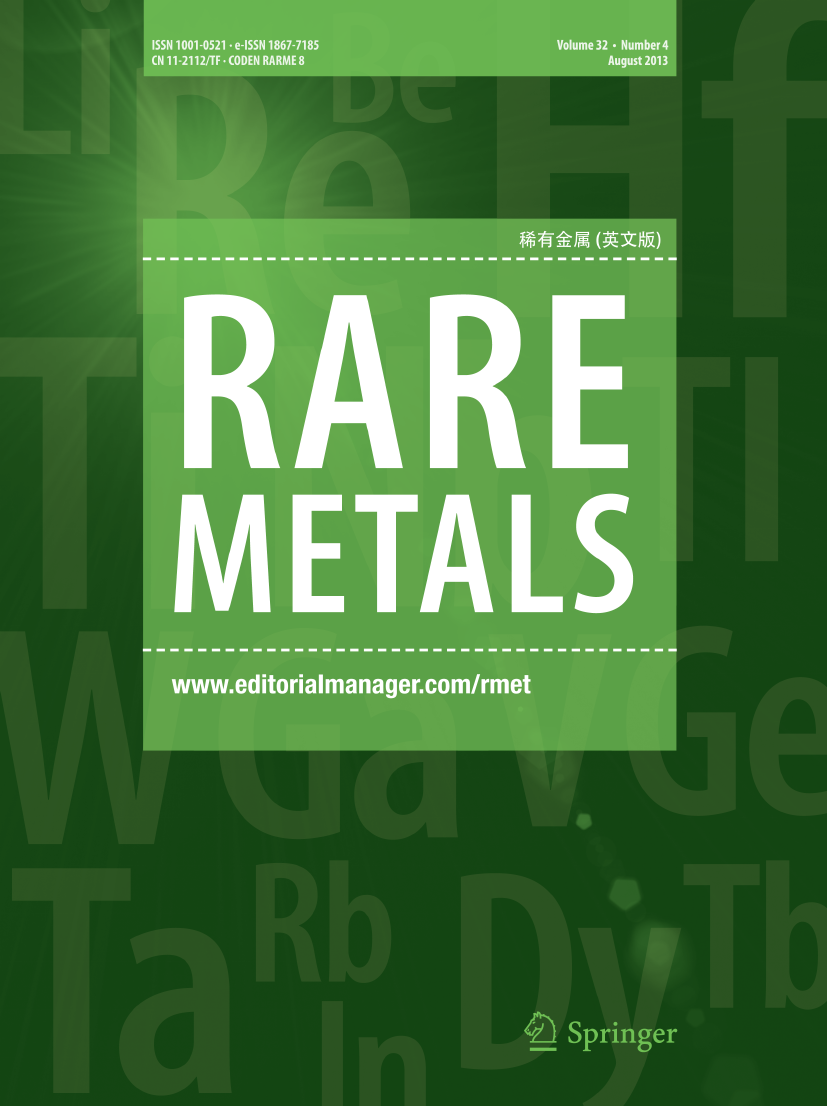Hierarchical encapsulation engineering boosts tin telluride anode material with fast kinetics and superior structure integrity for sodium-ion batteries
Abstract
Conversion-alloying anode materials are competitive candidates for high-energy–density sodium-ion batteries (SIBs). However, the sluggish dynamics and severe volume expansion during Na insertion/extraction become the key bottlenecks hindering their application in SIBs. Herein, SnTe nanoparticles are anchored on reduced graphene oxide (rGO) and encapsulated by nitrogen-doped carbon (NC) to construct SnTe@rGO@NC composite as anode for SIBs, where hierarchical confinement effect can provide a buffer area to accommodate huge volume expansion as well as enhance electronic conductivity and Na-ion transfer kinetics behavior, confirmed by density functional theory (DFT) calculation and experimental study. Meanwhile, structural stability and interfacial charge transfer of the composite can be further improved by the strong chemical bonds of C-Sn and C-Te. High-angle annular dark field scanning transmission electron microscopy visually at atomic scale declares that SnTe@rGO@NC proceeds conversion-alloying dual-mechanism for Na-ion storage employing Sn as redox center (4SnTe + 23Na+ + 23e– → Na15Sn4 + 4Na2Te). Thus, SnTe@rGO@NC architecture displays a high reversible specific capacity of 261.5 mAh·g−1 at 50 mA·g−1, superior rate capability and excellent cycling stability with long-term lifespan over 1000 cycles at 200 mA·g−1. The multi-physicochemical encapsulation strategy sheds light on the development of a high-performance conversion-alloying anode for SIBs.
Graphical abstract

 求助内容:
求助内容: 应助结果提醒方式:
应助结果提醒方式:


